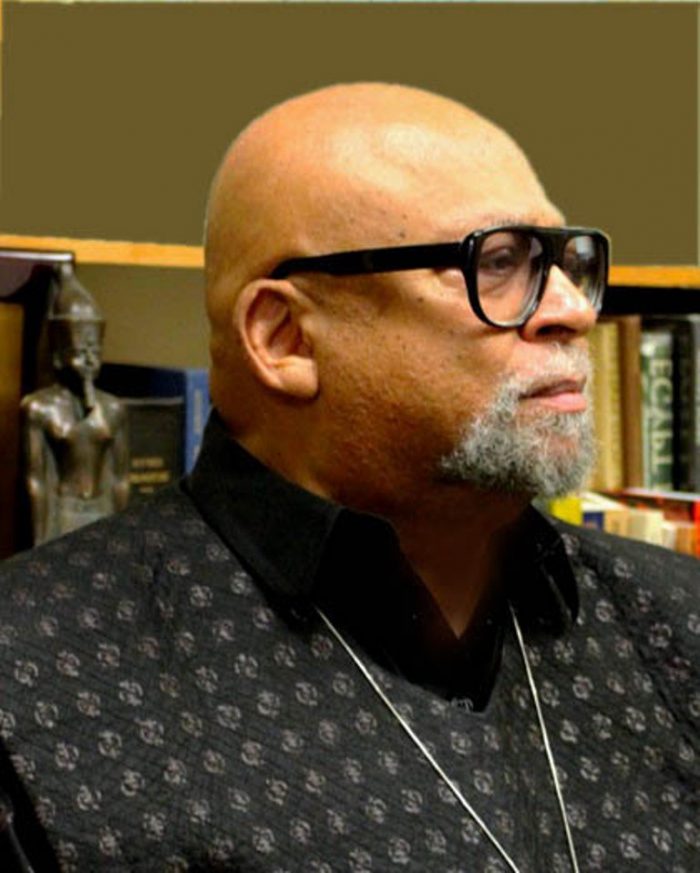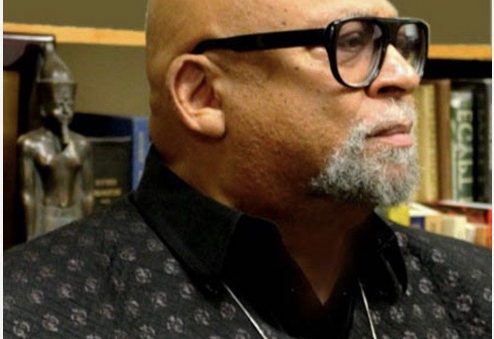
Kwanzaa is a time for meditation, remembrance and recommitment, and the piece following below on Howard Thurman offers us food for thought, especially in times like these of great stress and strain, and the need for us to endure, struggle and prevail. In a word, it is to “ride the storm, remain intact” and dare to bloom and sense and see a blessing and way forward in it all.
In the midst of constant reports of economic bad weather and expanding war, melting polar caps and dwindling forests, increasing poverty, and real suffering and pain passed off as pathology for entertainment and racial indictment, I re-read Howard Thurman—prophet, preacher, professor, theologian and mystic. At the heart and sacred center of the message and mind of Howard Thurman (1900 November 18—1981 April 10) is this concept of “storm-riding and remaining intact”, of confronting the storms of life that ruthlessly rip at the roots and branches of who we are, what we hope and hold true, and remaining steadfast and being strengthened in that struggle. He teaches a depthful and disciplined spirituality that works its way thru the noise, non-sense and negativity encountered each day and cultivates a center of quiet, calm, and assurance deep within us. Thurman tells us “it is good to know what there is in us that is strong and solidly rooted. It is good to have the assurance that can only come from having ridden the storm and remained intact”.
Here, riding out the storm and remaining intact is a metaphor for a personal resiliency, rooted in a depthful and disciplined spiritual-ity. It begins with a conception of spirituality as a power of good and strength in the world that dares to heal and hope, to build and unburden, to dream and think deep about things of sacred and transcendent worth even, and especially, in the worst of times. He talks of “the daring of the spirit that puts to rout the evil deed and decadent unfaith, the experiencing of new purposes which give courage to the weak, hope to the despairing (and) life to those burdened…” by the wrong, the false, and the real and imagined failure.
Thurman’s spiritual resiliency and rootedness requires also a sober assessment of our strengths and weaknesses, for in the storm of crisis and crushing events, we might be burdened with baggage which hinders rather than helps us. Indeed, he says, “under the pressure of crisis when we need all available vitality, we are apt to discover that much in us is of no account, valueless”. And thus we must throw such things away to lighten the load and enable ourselves to move and make turns according to what is required. So, the key is to know what is of value and valueless within us and to reach inside ourselves and, as our ancestors of ancient Egypt remind us, bring forth the truth which is within us, the deeply grounded and inner-grown truth of ourselves, often discovered in the midst of crisis and crushing events.
Thurman also lists, among his sustaining spiritual practices, giving rightful attention to “the growing edge”, the recurring “upward reach of life” in the midst of death and decay. For he says, “all around us life is dying and life is being born”. Fruit ripens, rots and reappears, for “roots are silently at work in the darkness of the earth” producing new life. This “upward reach of life”, for Thurman, is “the basis of hope in moments of despair, the incentive to carry on when times are out of joint and men have lost their reason, the source of confidence when worlds crash and dreams whiten into ash”.
Moreover, the storm-resisting spirituality of Thurman requires that we not allow ourselves to be “taken over by the ruthlessness of our daily routine” or become oppressed or imprisoned by “daily time tables”. Planning is required, but obsessive running about, mindless routinization and that “inner sense of rush and haste”, one of the defining features of our age, must be avoided. A depthful and disciplined spirituality requires meditation, deep thinking, and the quiet, calm and extended time this takes.
As Thurman explains, “It takes time to cultivate the mind. It takes time to grow in wisdom. It takes time to savor the difficulties of living. It takes time to feel one’s way into oneself. It takes time to walk with God”. “To feel one’s way into oneself” suggests we are not in full or effective knowledge of ourselves at first and that we must begin the quest for self-knowledge by groping, not in total dark-ness, but in less light than we would like. And we must patiently work our way into the light that reveals the essentials of who we are rather than what too many of us often appear to be, i.e., purchased and passive reflections of a reality not of our making or of our rightful measure.
This concept of feeling our way into ourselves brings easily to mind the deep thinking and feeling of mind and heart conveyed by the ancient Egyptian word djaer. Its origin is in medical terminology and means to probe deeply and widely in examination and here, by extension, a profound and pro-longed probing into oneself in order to under-stand and assert oneself in the most dignity-affirming and expansive ways.
Thurman also cites, as central to his concept of spiritual grounding, the capacity for commitment. He suggests that spreading oneself around and giving oneself to a diversity of things might be delightful, but it doesn’t lead to disciplined development inherent in the capacity for and act of commitment. For Thurman, commitment “means surrendering life at its very core of one’s self-consciousness to a single end, goal or purpose”. Indeed, he says, “When a man (or woman) is able to bring to bear upon a single purpose, all powers of his being, his whole life is energized and vitalized”. Clearly, the character of what is chosen is significant and Thurman obviously has in mind something good, meaningful and uplifting to which we commit ourselves—for example, a profound commitment to human freedom, well-being and flourishing, and the long and difficult struggle to achieve these goals.
Finally, Howard Thurman also speaks of a spirituality that grounds and requires courage. For him “Courage is not a blustering manifestation of strength and power”. “It is often the ultimate rallying of all resources of a personality to face a crucial and devastating demand”. Or it could be “a quiet courage that comes from an inward spring of confidence in the meaning and significance of life” that grounds and strengthens one in times of turmoil and testing. This quiet courage, he tells us, “has neither trumpet to announce it nor crowds to applaud; it is best seen in the lives of men and women who do their work from day to day without hurry and without fever”. Indeed, it is the quiet and often unannounced and unapplauded courage and resiliency of ordinary, everyday people that enable them to ride the storms of daily life, display the deep and disciplined spirituality that mirrors Thurman’s life and legacy and form a needed foundation for the certain internal and external struggles still ahead.






